Ailey – Jamila Wignot Interview
By Claire Bueno 3 years ago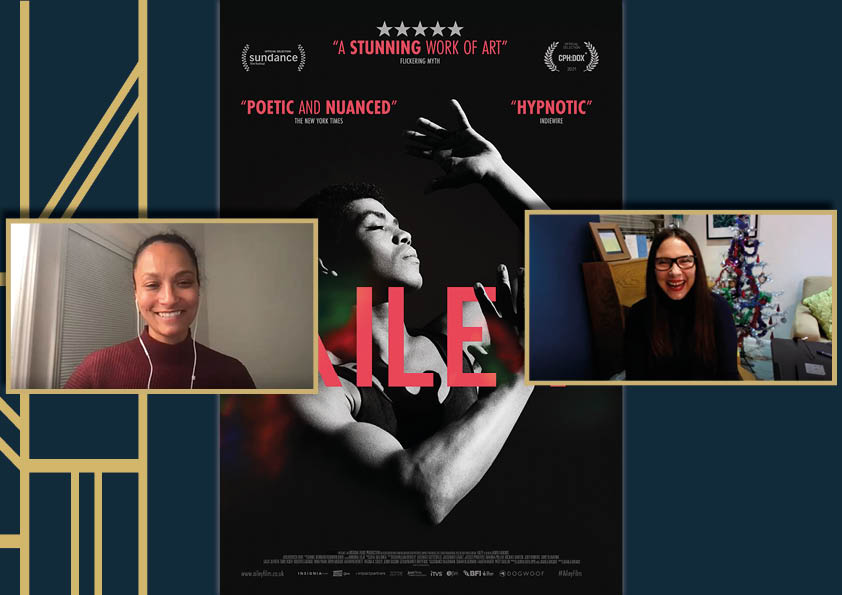
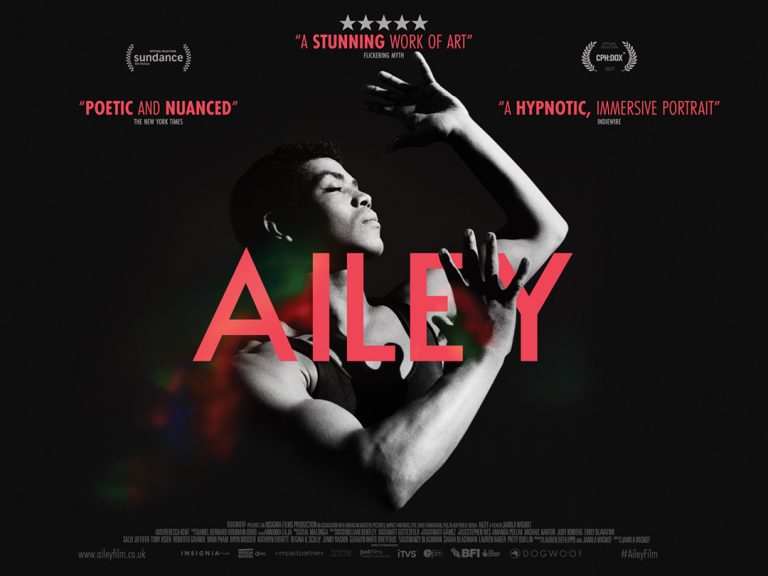
At A Glance
Documentarian Jamila Wignot delicately charts the life of the visionary dancer and choreographer Alvin Ailey as a new dance goes into production in celebration his life.

Film Details
Directed by Jamila Wignot
Released by Dogwoof
2022, 82 minutes,
AILEY - released in cinemas and on demand 7th January
Social Media: @Dogwoof @jamilawignot #AileyFilm
Official website https://www.aileyfilm.co.uk/
Cast
Alvin Ailey as Self (archive footage)
Rennie Harris as Self
Judith Jamison as Self
Bill T. Jones as Self
Samuel Lee Roberts as Self
George Faison as Self
By Claire Bueno
Alvin Ailey, dancer, choreographer, activist and founder of the Alvin Ailey American Dance Theater is the subject of a new documentary Ailey. Directed by Jamila Wignot she has observantly looked at the broader picture of Ailey’s life, achievements and the influence he has had on the lives he indelibly touched. She has masterfully created a film that pays not only a fitting tribute, but also artfully presents it. It is no surprise that even 30 years after the passing of Alvin Ailey he is as revered as he ever was and it was my pleasure to interview the filmmaker all about it.
Thank you for making such a wonderful moving film, to be given the opportunity to make a film a film like this about Alvin Ailey must be for you as a filmmaker a humbling experience?
Yes, absolutely I’m so glad you started off that way. Yeah it’s a film that I speak of as having found me. It wasn’t something that I had on my radar and I was approached Insignia films to direct and it just felt, first of all like the right time, a company whose work I adored and initially I was just really excited about how much visual possibility there was gonna be in this film. I wanted it to be something where it wasn’t going to have

to be so driven by exposition, that there could have been so much meaning to be made hopefully by incorporating the dance works the way that they were. And then I, like so many people as familiar with the real details of Mr Ailey’s life, and so once I started to explore that through the research and then critically once we got access to the audio recordings that he recorded at the end of his life. Just the poetry, the beauty, that sensuality that he talks about life and that incredible vulnerability that’s expressed in those materials, it just; I mean it was the kind of film where as a director you are totally aware that you have all the materials to make a great film and you are worried are you are going to make the best possible film out of those materials. Thank you, I’m glad it resonated.
It absolutely did, and what I really loved was where we’re in an age with all this technology at our finger tips, was the voice recordings you have of Mr Ailey, you may have tidied them up a little bit but there’s a really analogue sound that helps transport you and it helps with the whole emotion that you feel like you’re there with him.
Yes absolutely, and we did actually because they are old tapes, recorded in 1989 and we did have to do a bit of an audio restoration on them because the quality was quite low. But as you say even if we had the pristine tape they are still audio cassettes that have that beautiful texture and hiss and I think listening to that really informed the kind of visuals that we ultimately chose. We then went for visuals that felt a little home spun, you know we were looking for almost amateur documentary filmmakers, or even home movie footage and wanting to keep in a lot of the pops and film bleeds and those kinds of things to. He speaks in such a textured way and it felt the film needed that as well.
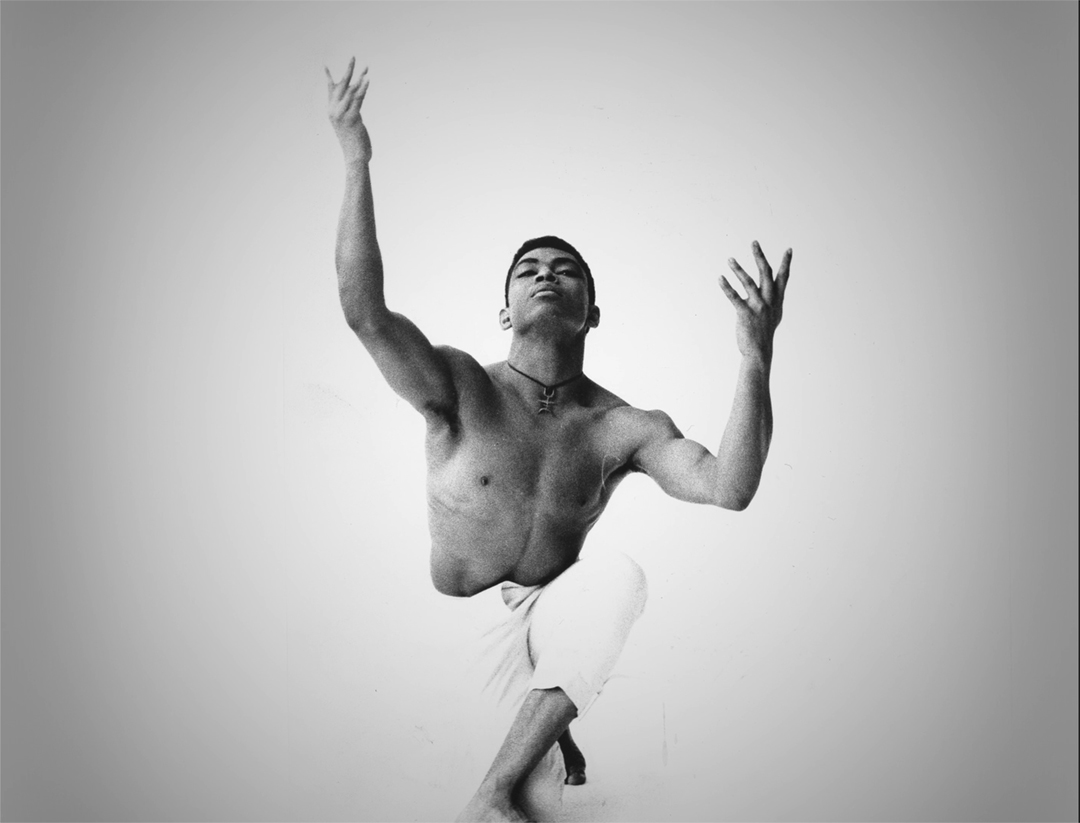
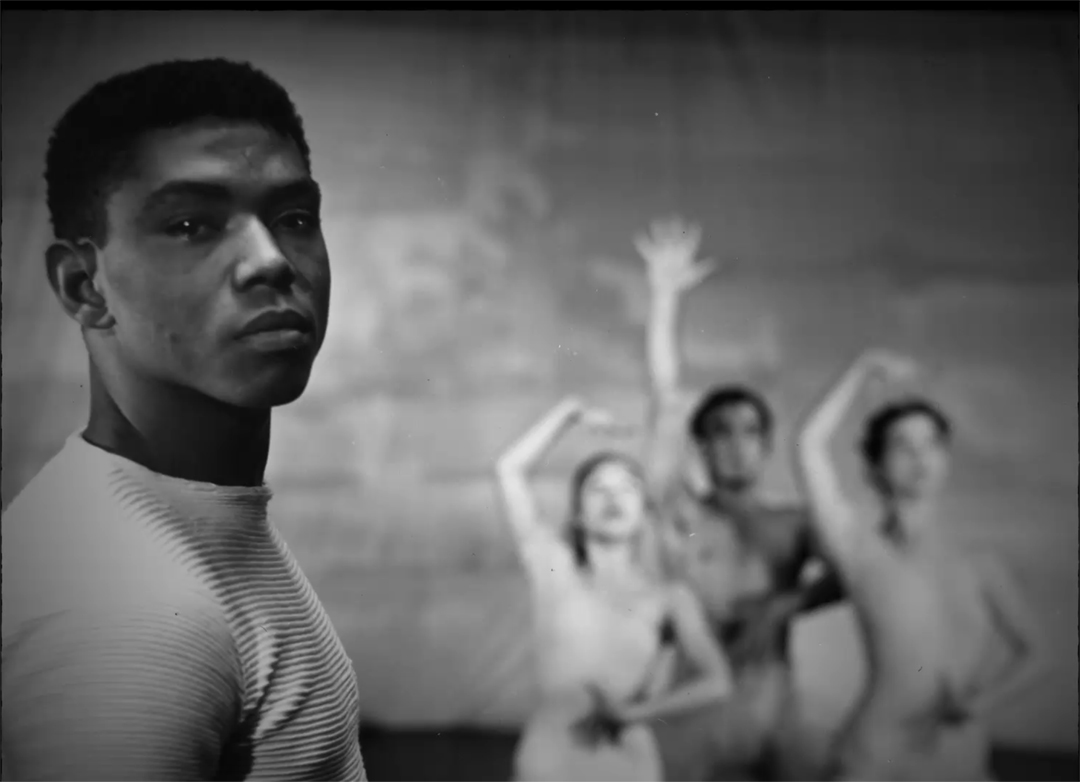
“Initially I was just really excited about how much visual possibility there was gonna be in this film.”
You don’t want to lose that really. And the story is in some respects, not two films but a story of two parts, you’ve obviously got Mr. Ailey’s life and we hear all about that, but there’s also a tribute being paid to him through Rennie Harris and his choreography. It was a really nice way of telling the story and something quite fresh.
Right, and that was again another moment of serendipity for us when we approached the company in, I think it was the end of 2017 and said we’d love to do this. I knew at that time I wanted to incorporate some contemporary elements because his legacy does live on, his biography does not begin and end with his death. And Robert Battle the artistic director said, ‘It’s very strange that you are coming to us now because I’ve just got off the phone with Rennie Harris and we are going to commission him to make this hour long ballet,’ which they’ve never done, you know a ballet about Mr. Ailey and his life and times. I was like oh my gosh, and it was going to be Rennie Harris who is a street dancer, so he in so many ways embodies the promise of the company because he works in a totally condensed language than Mr. Ailey did, and yet here he was being brought in to explore Ailey’s life. So there’s a kind of twinning in a way of following Rennie Harris and his early process as he’s got all the same anxiety, can I do it? What will my dance be? I’m figuring it out as we go and I’m doing my own research outside and sort of parallel journeys. But it was wonderful to be able to include that piece and his body of work is just incredible.
And the other thing that feels beautifully choreographed if I may say is the editing.
Oh my gosh yeah, my editor Annukka Lilja just really from day one. She just has an incredible sensitivity and as we started to get more and more of the footage in we started to talk a lot about movement being a kind of constant in the film, even in his early years before he is a dancer, before that’s on his radar we are still in a world where bodies are in motion, the camera is in motion and her transitions in particular are just lyrical, beautiful transitions that she crafted. Again it was just another blessing to work with her. I’m working with her again on a project that I’m on now and I’m like: ‘You’re never gonna work with anyone else again.’ (Laughs).
Because you’ve got a wealth of archive, when you use the archive of the rehearsals for instance it transitions to the show itself. It’s a beautiful way to illustrate and makes it all the more powerful, does that make sense?
Yeah, I mean one of the things we started to make sense of as we worked was that Ailey’s own dance works, take a piece like Revelations they have this extraordinary emotional journey. It’s a very kind of epic emotional journey and those dancers we have to remember are routed in his own life experiences and so as we started to work with the material we realised, he has incredible emotional arc and so the film could be created in a way that it feels like an evening with Alvin Ailey and that became our goal. But working with the dance material in particular was such a challenge because they’re of course excerpts of half an hour typically, 15 minute dance pieces and it was about finding the right dance expression that went with the poetry of his words, wasn’t redundant, and then piecing the dance around his language. And the music, there were just so many elements, it was like conducting a symphony, but that did become a kind of frame work for us in terms of thinking about how to create something that had the highs and lows. And it wasn’t manufactured, he just has this incredible life story that, has so much promise and beauty and then these sort of tragedies and vulnerabilities and ultimately a successful end and comeback for him, and then a legacy that carries on.
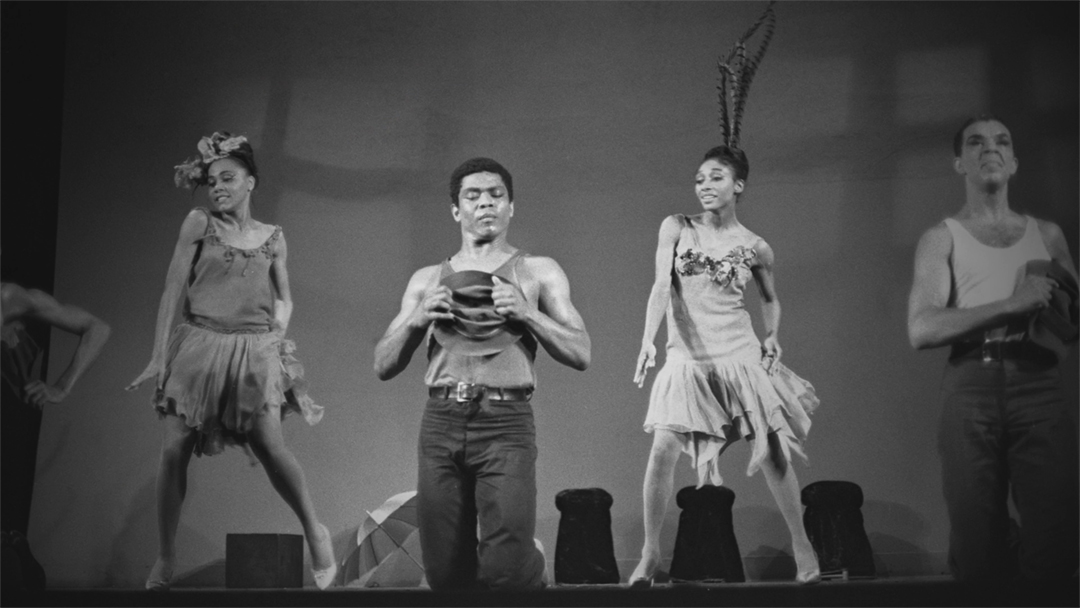
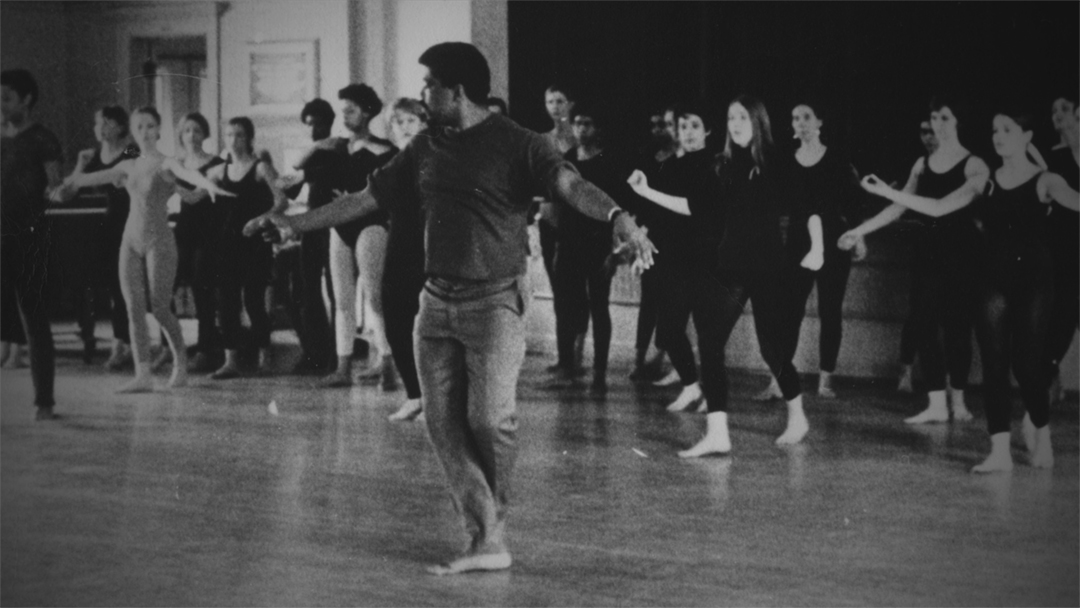
Absolutely. And interestingly enough I interview a lot of actors and we often talk about the inner life where it’s not so much about what you do say but what you don’t. I felt of this as well that it was a shining example of how one can express themselves through movement and dance and what a beautiful art form it is.
Absolutely, I think that he’s this sort of highly charged person with so much expressive possibility and the stage is where he can live that out to the fullest. I think he could be everything that he was when he was dancing a particular piece, and you see that in how much he commits. I mean that duet we show between him and Carmen de Lavallade, those fall backs where he’s saying, ‘It’s more than a plié you have to feel something about the movement.’ And look at what he is doing to his body in that moment, he’s giving so much. And that’s the interesting duality with him, a person who could live out things on a public stage and then as a man off that stage, or as a choreographer leading a company, had so much that he wasn’t able to share with people and so many walls up where he wasn’t allowing a reciprocity in relationships. He was giving so much, this grand embrace and yet he wasn’t in the beginning letting people give that back to him, and it seems at the moment he was wanting that, the people were now locked into a dynamic. So that real lack of the ability to be intimate, in anyway, friendships, romantic, otherwise was such a surprise from a figure who’s always presented as this leader and somebody who’s generous and giving, you wouldn’t immediately think that we’d be locked in in that way.
Repressed really in many respects. And can I ask you what have you taken away with you from making the film helping tell the story of his legacy?
Yeah it’s been one of those films that’s gonna stay with me forever, I mean I feel like I feel and experience in different ways, I’m also keenly aware of what it means to be vulnerable. I feel that this film required a vulnerability between me and my collaborators, a level of that that I hadn’t really done before and I’m grateful to have had that. And I’m grateful to have had
somebody that makes me think about that kind of reciprocal relationship, that it’s important to foster and creating great art requires that. And on a larger level in terms of what the Ailey Company does best thematically. I’m left with the idea of what ‘I am’ that we talk about in the film, that ultimately in all of his dances, what he was try to achieve is this idea of, can you stand in your own being and accept that. And I think that theme ran through all of his dances not because he ever in his lifetime arrived at that place, but he was in search of that. And that was another theme that sits with me today and I want to be mindful of as an artist moving forward.
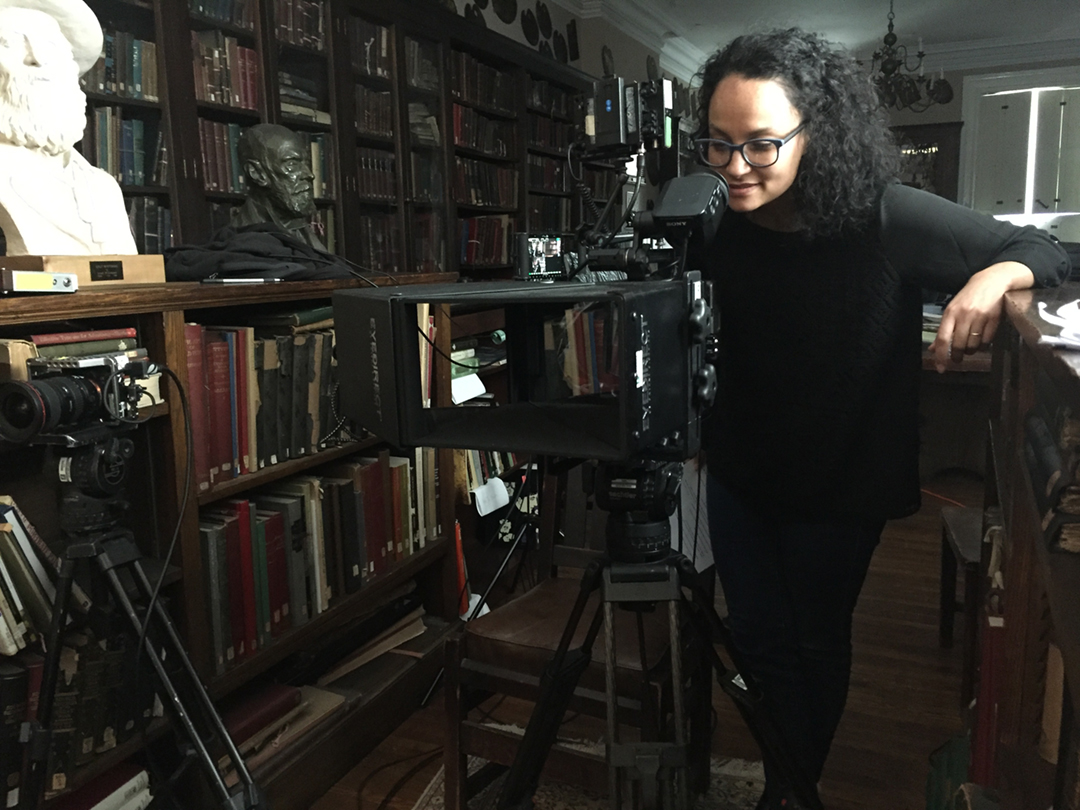
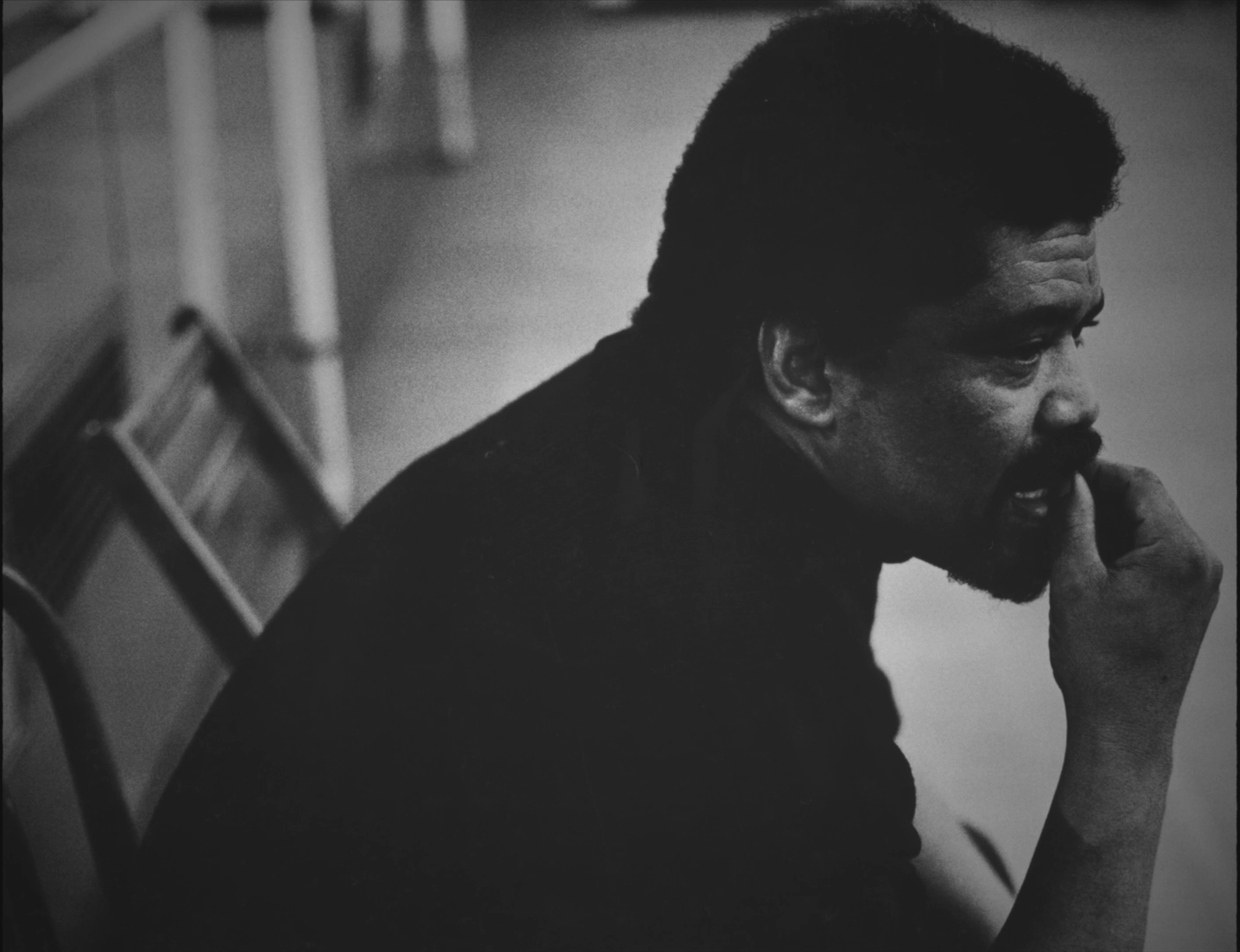
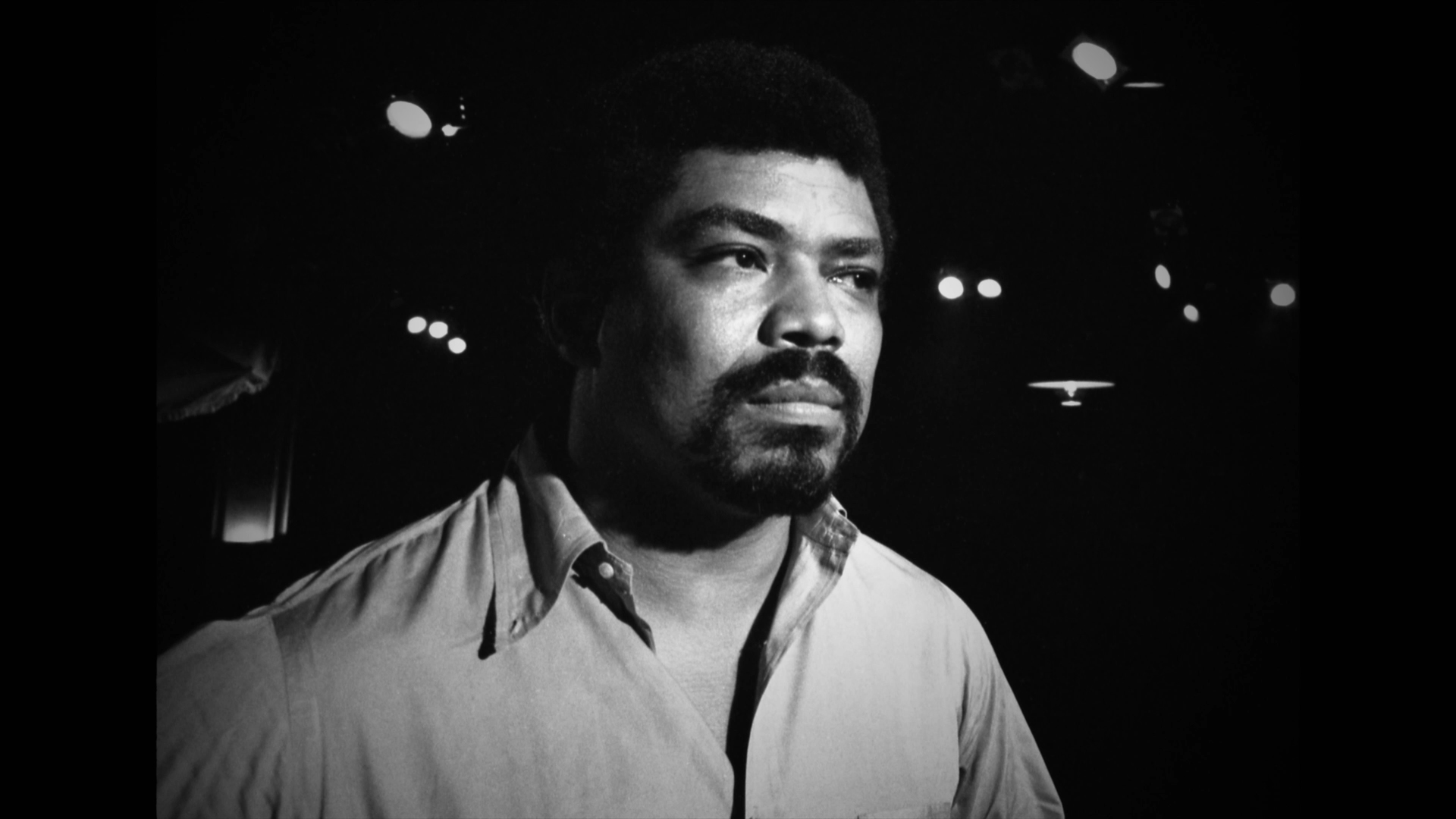
Ailey - Official Trailer
Claire Bueno
Claire Bueno is a film journalist, presenter and interviewer, having moderated BAFTA, Royal Television Society (RTS), Women in Film and Television (WFTV), and Apple Store Q&As and hosted Comic Con panel talks. Claire is the founder of Premiere Scene Magazine and has had the privilege of interviewing esteemed artists including Tom Cruise, George Clooney, Brad Pitt, Sir Anthony Hopkins, Sigourney Weaver, Emily Blunt, Samuel L Jackson, James Cameron and Andy Serkis.
As a media coach Claire works with leading personal publicists, HBO, Netflix, Sky, ITV, Penguin Random House, the BFI, DDA, MacMillan and Premier, offering practical coaching sessions and safe environment for talent to perfect their interview technique before facing the press. She has extensive experience working with emerging and seasoned professionals and where English is not their first language.
Additionally, Claire is the producer of the critically acclaimed feature documentary CLEANIN’ UP THE TOWN: Remembering Ghostbusters and the upcoming TOO HOT TO HANDLE: Remembering Ghostbusters II.
